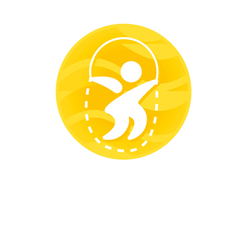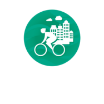
Globally physical activity levels have decreased and physical inactivity has become the norm. Movement and play is no longer part of our daily routine nor is movement or physical education valued. Our competence, confidence and motivation to move has declined so significantly it is putting our health at risk. Non communicable diseases now account for 71% of deaths worldwide.
The correlation between play and physical literacy and overall development not only health benefits cannot be ignored, from the prevention of premature death, reduction in disease, as well as overall increased quality of life. The Play and Physical Literacy Educational Module builds knowledge about physical literacy and play and how they support our physical, psychological, social and cognitive development. By sharing good practice examples from around the world it provides the knowledge and inspiration to include play as a core foundation to all activity.
Module
Contents

Understanding Play & Physical Literacy
Global State of Play
European State of Play
Policy Frameworks Globally and in Europe
Play & Physical Literacy Models
Relevant case studies and good practices
Conclusions
SUB-
THEMES
Physical Education /Physical and emotional health/Play for Development/Physical Inactivity/Settings (kindergarten, schools, communities)/Intergenerational (children, parents/guardians, grandparents)/Motivation factors to PA and behaviour change approaches/Fundamental Movement Skills/Socialisation








 active
active
 community
community
 cultural
cultural
 Digitalisation
Digitalisation
 economic impact
economic impact
 education
education

 Environment
Environment

 Gender
Gender
 governance,
governance,
 health
health
 Peace development
Peace development
 social
social